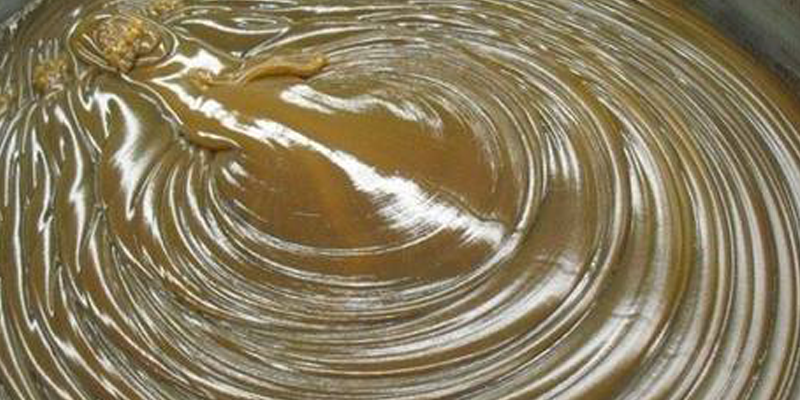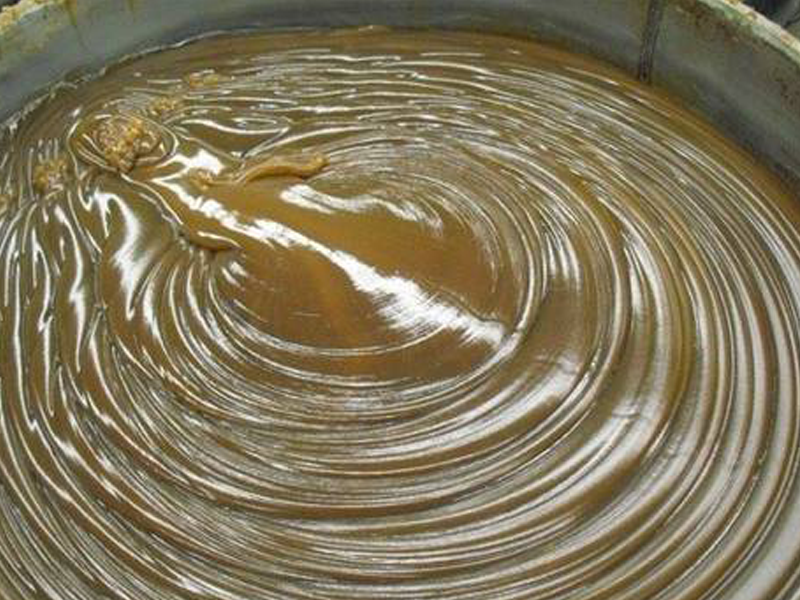When you open a container of lubricating grease, chances are you may see a thin layer of oil at the top of the grease. The first thought that usually jumps to mind is whether the grease is suitable for use. The answer is in most instances, yes, but to understand the phenomenon of oil separation (bleeding) we need to revisit the fundamentals of grease.
Grease is a dispersion of a thickening agent in a liquid lubricant. the thickener can be compared to a ‘sponge’ that soaks up the lubricant. When the grease is subjected to stress or shear 9movement), the thickener releases the oil to provide the necessary lubrication. This is generally known as Dynamic Bleed. It is important that the grease has a controlled rate of bleeding during use to properly lubricate the bearing or component it has been placed in. The greater the amount of sheer stress encountered, the faster the grease thickener releases the oil. the thickener imparts little, if any, lubrication. If the thickener did not release the oil, the grease would be unable to perform its lubricating function.
In service, grease should also have a fair degree of reversibility after the stresses that have released the oil are relaxed. Reversibility can be described as the ability of the grease to recapture most of the oil and return to its original consistency when the equipment is shut down. The reversibility characteristics of grease are influenced by the type and amount of thickener used. The higher the thickener content, the greater the oil retention. As the base oil content is increased and the amount of thickener decreased, the forces that hold the oil also decrease, resulting in the base oil being loosely held in the thickener and easily separated.
Considering the above, one would think that using a higher thickener content is better. However, as mentioned earlier, grease with a thickener that does not release the oil readily, would be unable to perform its lubricating functions. It is therefore important that grease must have the proper balance of oil and thickener to function properly.The oil on top of grease in a container that has been opened for the first time is called Static Bleed. Static bleed, also referred to as oil puddling, occurs naturally for all types of grease and the rate of bleeding depends on the composition of the grease. Static oil bleeding is affected by:
- Storage Temperature
- Length of period in storage
- Vibrations the container may be exposed to during transport or storage
- Uneven grease surface in the container (the presence of high and low spots)
These conditions can cause weak stresses to be placed on the grease, resulting in the release of small amounts of oil and over time a puddle of oil can form on top of the grease. Reasonable static bleeding does not result in the grease being unsuitable for use. Any oil that has puddled on the grease can be removed by decanting the free oil from the surface or manually stirring it back into the grease. The quantity of oil that has separated from the grease is generally insignificant and represents a mere fraction of the total quantity of oil that is held in the thickener (typically less than 1%). This small amount of oil will not adversely affect the consistency of the remaining product and will have little or no effect on the performance of the grease.
In conclusion, it is therefore safe to say grease with puddling on the top is suitable for use subject to the following conditions:
- The amount of oil should be small, covering only low spots on the surface of the grease.
- The grease must readily absorb the oil upon stirring.


